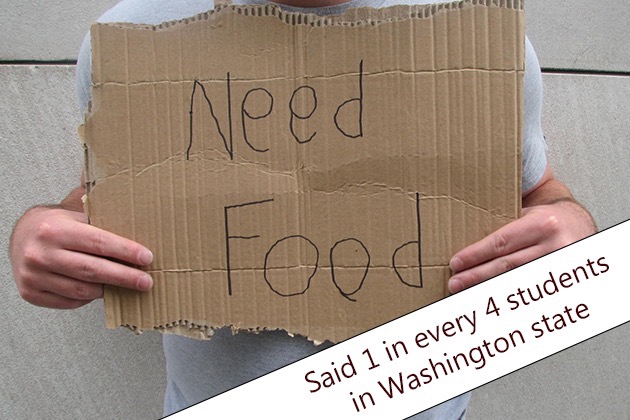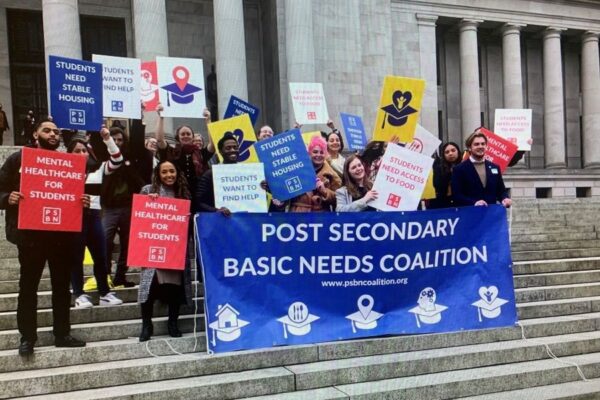Six Steps to End Hunger in Washington state (Part 2)
This is the second post in a two part series. Read this post first: Is Hunger a Made Up Problem?
How is it possible that in 2014 we haven’t figured out how to feed our entire citizen? More importantly, what do we do about it?
- Name the problem: Did you know that the US doesn’t actually measure hunger? We rebranded hunger as food insecurity many years ago – it sounds less icky. We need to do a better job of using data to describe the problem. We need elected officials at every level to acknowledge that hunger is an issue – and not just for kids.
- Establish A Goal and Don’t be Afraid to Fail: Share Our Strength has done a solid job of establishing a goal and tracking progress toward ending child hunger. They set a bold goal and though they won’t end child hunger by 2015, they have made significant progress and built the infrastructure to continue the work.
- Cultivate Champions: As a nation we should be outraged that there are hungry children and seniors. Collectively we’re not. Top Chef Tom Colicchio and local restaurateurs Tom Douglas and Ethan Stowell, have used their celebrity to help end hunger but we need more people to raise the issue and demand solutions.
- Ending Hunger takes SMART Public Policy. Scalable and sustainable solutions and adequate funding for policies that tackle hunger. The Food Stamp Program is a highly effective, publicly funded program that supports both families and local economies. Yet In November, Congress reduced food stamp benefits to 47 million people. On average, a family of four receiving $668 a month saw that allotment drop by $36. Instead of scaling back we need even bolder solutions like the Stop Child Summer Hunger Act introduced by Senator Patty Murray.
- Good public policy only works if there is EFFECTIVE Implementation. There is nothing more frustrating than poorly implemented public policy. One example is the Community Eligibility. Recent legislation provides the opportunity for schools with high percentages of low-income children to provide free breakfast and lunch to all students. FREE FOOD FOR KIDS! Yet adoption and implementation at state and local levels is slow.
- COORDINATION Across Systems: At a local and national level we need to do a better job of genuine collaboration and coordination. We need to stop duplicating efforts with scarce resources and worrying about funding the bottom line of individual organizations. We need to move beyond sitting across the table from one and other nodding politely to adopting a Collective Impact Framework that brings a diverse group of stakeholders together to work toward a common agenda.
We need to check egos and competition for resources at the door and roll up our sleeves to develop policies, practices and measures that end hunger.




Comments